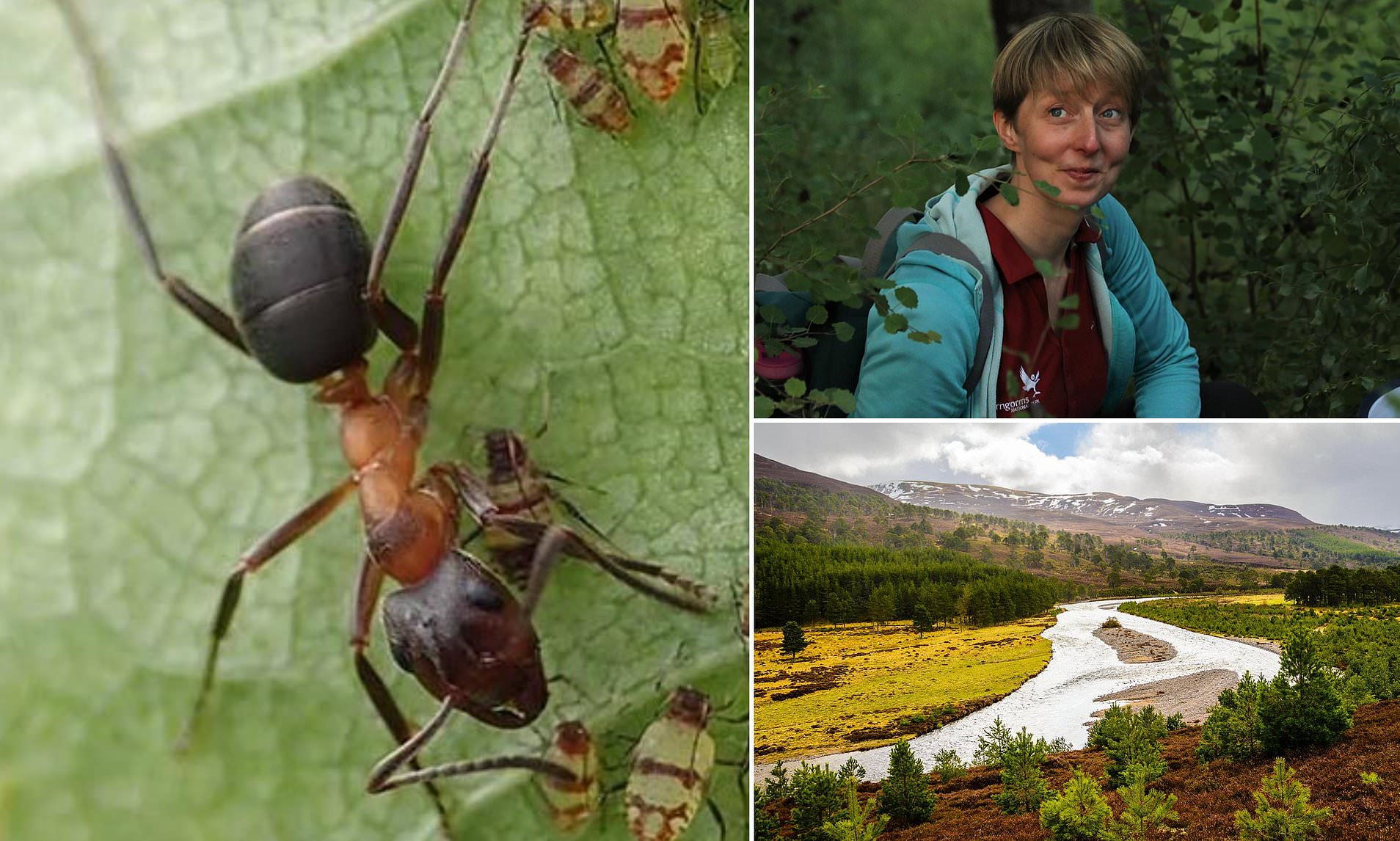-
Click here to visit the Scotland home page for the latest news and sport
IT’S a task that makes looking for a needle in a haystack seem easy – hunting down a tiny insect in a vast area of Scottish wilderness.
Yet as part of a remarkable project to save one of the country’s rarest creatures from extinction, trackers are now being challenged to scour the Cairngorms National Park in search of the narrow-headed ant.
It may not have the same profile as other at-risk animals such as the rhino or panda, but conservationists believe the half-inch long ant deserves to be protected – as it plays a surprisingly large role in the well-being of our ancient pine forests.
In Scotland, narrow-headed ants are known to nest in just a handful of places in the Cairngorms, while the UK’s only other recognised population is found at a single site in Devon in the south-west of England.
And despite previous conservation schemes, its numbers are declining at a worrying rate.
Now the body which runs the 1,700 square-mile Cairngorms National Park wants to reverse the insect’s fortunes by setting up a captive breeding programme.
The park authority has set aside £50,000 to hire experts to carry out an ‘ant captive rearing project’ that will last for up to three years.
The aim is to establish at least 50 ‘farmed’ colonies and build up large populations of the creatures in captivity – before later releasing them into new sites in the wild.
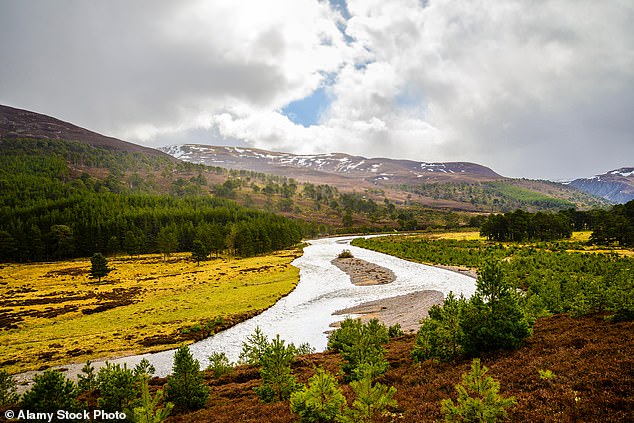

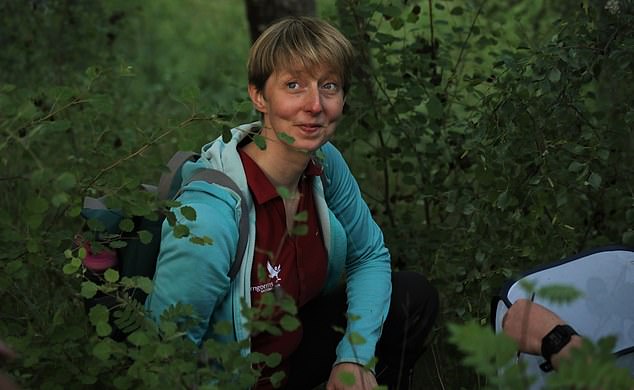
The first major hurdle, however, involves being able to track down and capture enough of the ants to start the breeding programme. Cairngorms conservation officer Hayley Wiswell said: ‘This work is ground-breaking and could completely change the fate of the species in the UK.
‘But finding the nests can be challenging. They’re about the size of half a football, sometimes even as small as a fist.
‘They’re made with pine needles, twigs, heather, moss and grass, so they’re really well camouflaged.
‘And they’re found in woodland among pine or birch trees, on lumpy, mossy ground with lots of hummocks, hollows and deep heather. Sometime you don’t see them until you’re on top of them.’
To set up the colonies, the trackers will need to find queens and males from different nests.
Ms Wiswell added: ‘You have to sit by the nest early in the morning on a cloudy but mild day – and as they come out, you have to pick them off the surface really quickly. It’s tricky because the queens in particular are really fast – you have to sneak up on them and grab them.’
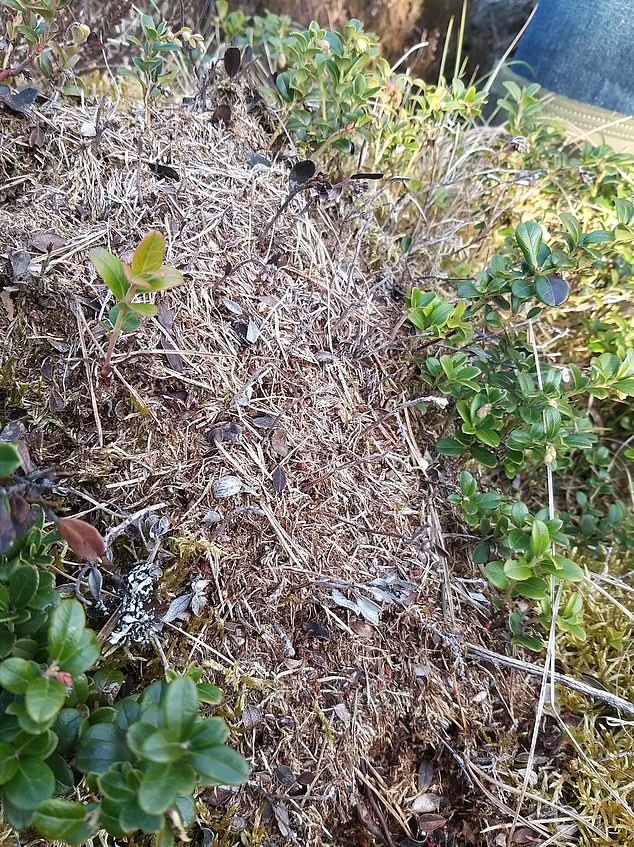
Caution is needed as the ants can deliver a sharp, pin-prick bite.
The narrow-headed ant – scientific name Formica exsecta – is black and red, with a characteristic notch in the back of its head.
It builds a distinctive domed nest typically containing around 1,000 individuals. Males are up to 10mm long while queens are slightly larger, at around 12mm.
Queens and males from different nests will be put together in a netted cage to mate before being moved to ‘ant modules’ – purpose-made enclosures that replicate an underground nest’s tunnels.
The aim is for the queen to start producing eggs which will then seed the captive colony. The ants will be kept in their modules under close supervision for 12 months until they are self-sufficient enough to survive in the wild.
Ms Wiswell added: ‘Nobody’s done this before – it’s really experimental.’
Despite the difficulties, she explained that the tiny ants offered huge benefits for the environment. ‘They are a keystone species, doing all kinds of things in the ecosystem,’ she said.
‘They’re highly predatory and prey on herbivorous insects like caterpillars which can defoliate plants. They also interact with the soil because their nests are largely subterranean – earthworms, for example, are significantly more prevalent around ant mounds.
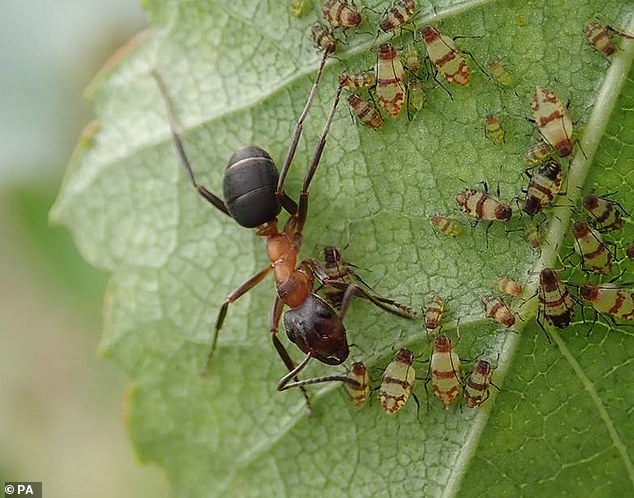
‘They also pick up and disperse plant seeds throughout the environment. And of course they provide a food source for lots of other animals, like badgers and pine martens.’
Nests have been identified on the Mar Lodge Estate, a national nature reserve that covers 70,000 acres in the Cairngorms and is run by the National Trust for Scotland.
The recruitment advert for trackers says: ‘The species is considered to be vulnerable. Captive breeding is considered to be the next step to securing the future of this species at Mar Lodge Estate, near Braemar, and to expand the population on Deeside.
‘This work is still very much experimental, and as such methods for captive rearing will need to be tested. ’
Anyone taking on the task of tracking the narrow- headed ant is advised they should have access to a 4×4 vehicle, or be willing to mountain bike, walk and camp overnight in remote locations.
Read more

